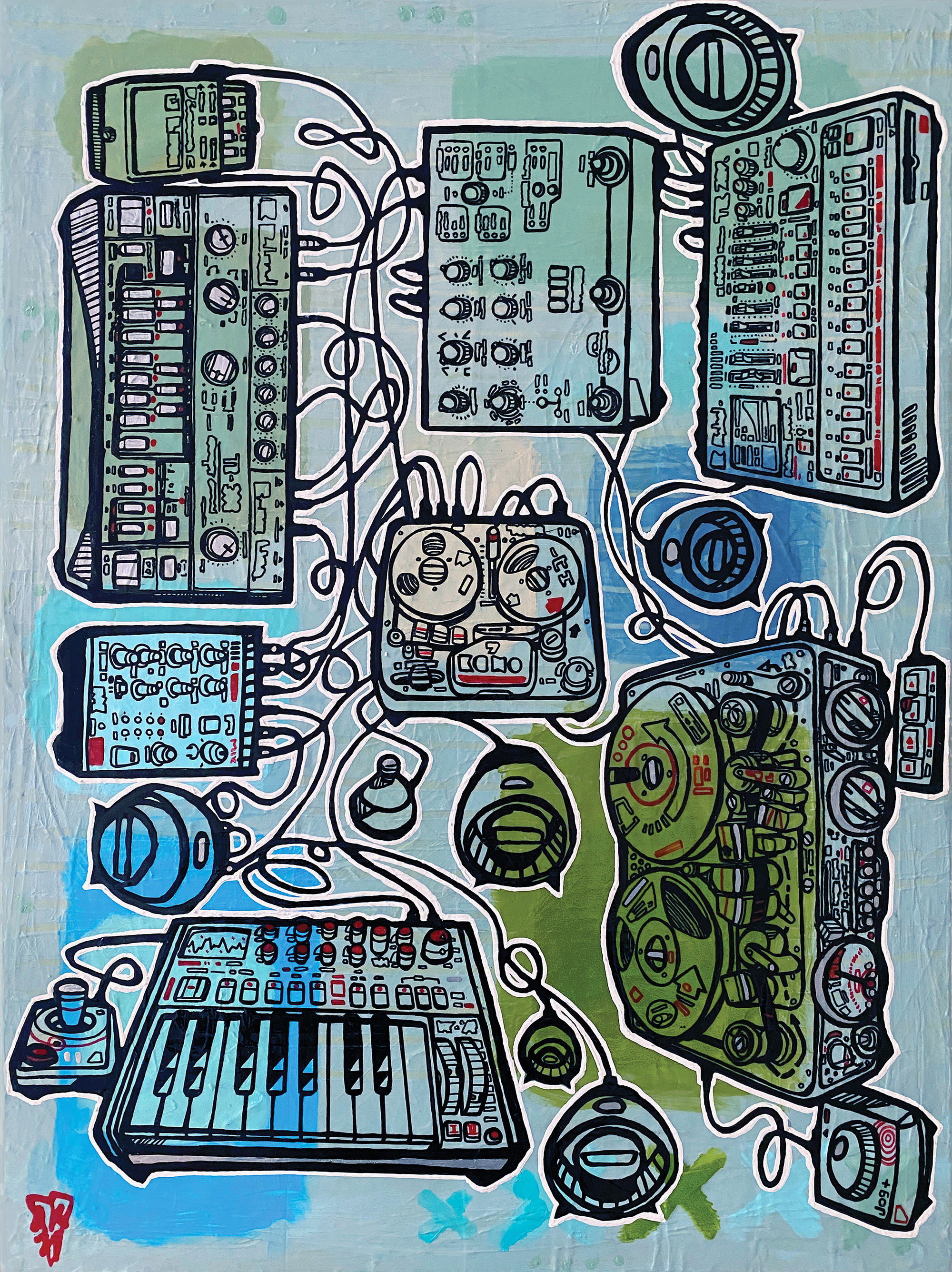An upgrade to Kali Audio’s Project Lone Pine (LP) line of nearfield studio monitors has been released, and is worthy of a follow-up to my review of the original LP monitors [Tape Op #133]. The LP Series – 2nd Wave line comes with all the features of the original LP line, such as 6.5-inch or 8-inch woofer sizes, High Frequency (HF) and Low Frequency (LF) switches, and a front bass port (see my original review for full details on these and all other features). In addition, the new 2nd Wave series includes better electronics, improved sound quality, and minor build changes.
I own a pair of the original LP-6 monitors and set them up with the 2nd Wave monitors in a side-by-side and stacked position in an attempt to get the most out of my A/B listening experience. Right away, I noticed the mid and high frequencies in the 2nd Wave were more present than with the original LPs. Kali Audio’s Nate Baglyos attributes this to the “all-new amplifier module” with “improved topography of the electronics,” in addition to upgraded DSP capabilities. To see if the original LPs would provide a similar presence of the mids and highs to that of the 2nd Wave’s, I increased the high frequencies on my original LPs by +2 dB using the HF switch on the back of the monitors. I preferred the flat setting of the 2nd Wave’s frequencies in contrast to the adjusted +2 dB HF setting on my original LPs.
While I was testing the 2nd Wave monitors, I was approached by drummer G. Calvin Weston to mix new drum tracks he recorded at his Soundscape Recording Lab. Weston’s kit ranges from 10-inch to 18-inch toms, and from small splash cymbals to large China-types, which presented an ideal scenario for testing the full range of frequencies for this review. In addition, cymbal transients, the midrange of the toms, and the low end of Weston’s 24-inch double bass drums and 20-inch gong drum were presented with clarity, allowing me to make EQ adjustments that translated when listening on other listening devices.
Although I never had any cosmetic issues with my original LP series, Kali Audio now uses a different glue to avoid any peeling of the vinyl covering on the speaker cabinets. Of course, if you don’t place your monitors in direct sunlight – which you shouldn’t do anyway – then you won’t have to worry about this.
The 2nd Wave woofers do not have the gloss finish seen on the original LPs, but this change was made for improved woofer sound, not the aesthetics. Baglyos explained that the removal of the woofer’s gloss coating does increase performance slightly, but “the bigger benefit, which is more difficult to put in a marketing headline, is that consistency between woofers is much better. So serial number 000000001 will sound just like 4516543.”
I used my original LP-6 monitors earlier this year with excellent results when mixing Weston’s new release, G. Calvin Weston’s Hydrogen 77 Project, and I’m comfortable continuing to mix with them. In fact, after working with me on the Hydrogen 77 Project, Weston added a pair of the original LP-6s to Studio B in his Soundscape Recording Lab. There is much to celebrate about the original LP series, so try not to let your FOMO (Fear Of Missing Out) drive your decision to replace them with the 2nd Wave series. You won’t be disappointed with either line of the LP series. So, if you are in the market for a high-quality, budget-friendly, nearfield studio monitor, I highly recommend the LP – 2nd Wave series by Kali Audio.




_disp_horizontal_bw.jpg)